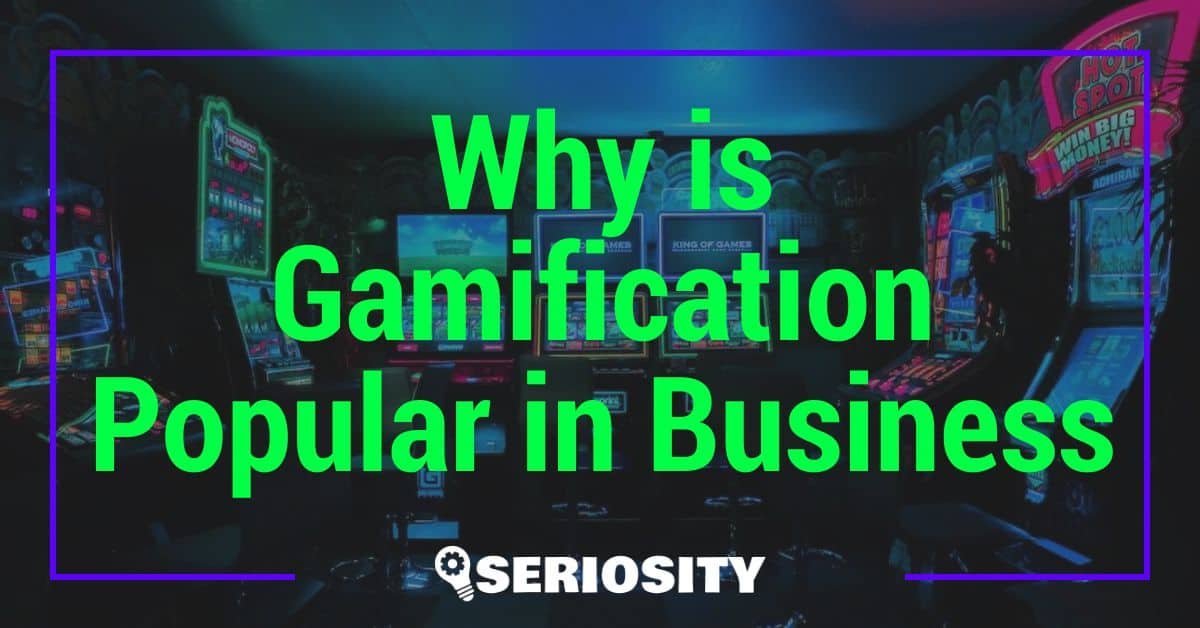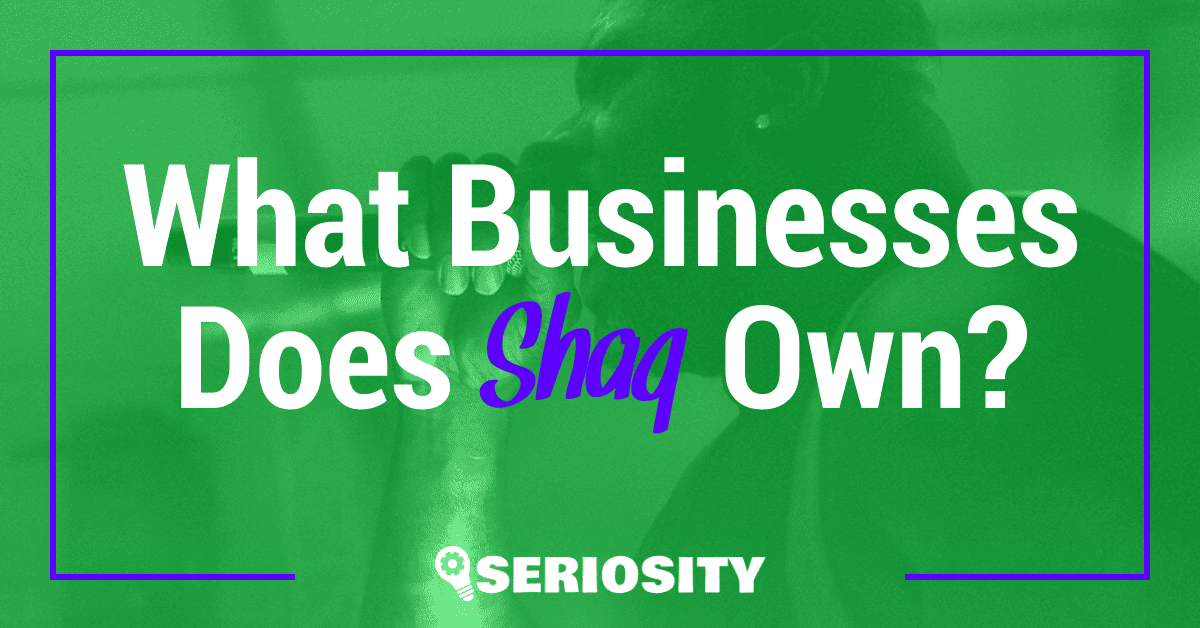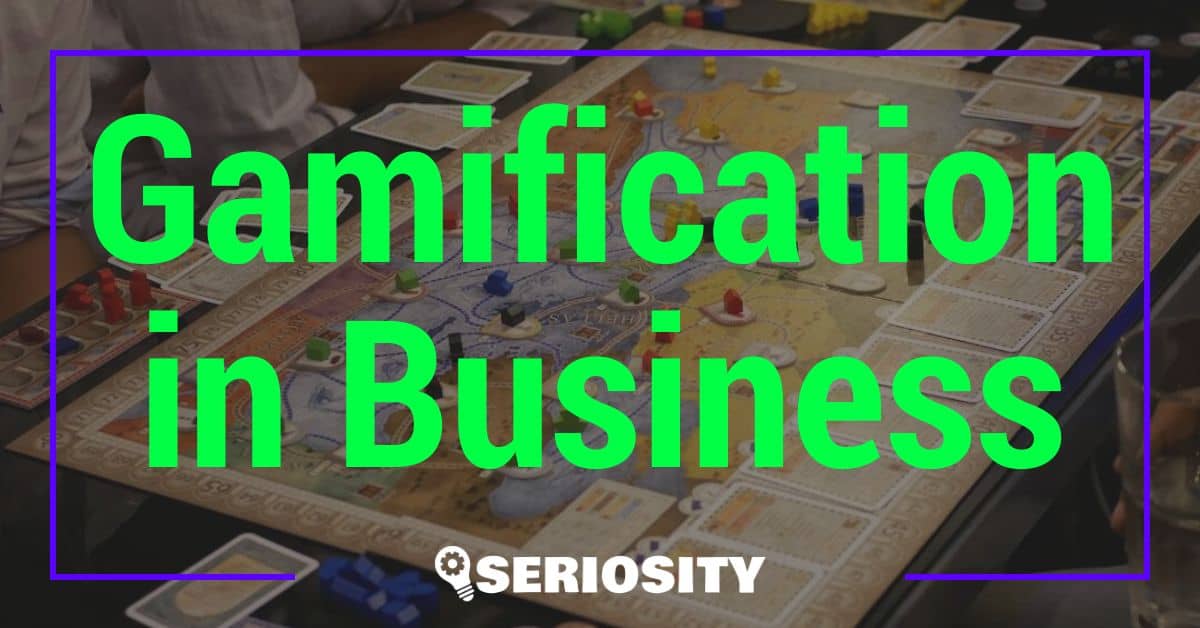Ever wondered how some of the coolest gadgets, games, or even movies get funded before they hit the market? Welcome to the world of crowdfunding! This innovative way of raising money has transformed dreams into reality for countless creators and entrepreneurs.

Key Takeaways
- Crowdfunding Basics: Crowdfunding allows entrepreneurs to raise money from a large number of people online, leveraging social media and online communities to gain support and visibility.
- Types of Crowdfunding: There are different crowdfunding models, including equity-based (offering shares in the company), reward-based (offering products or rewards), and donation-based (philanthropic support with no financial returns).
- Benefits of Crowdfunding: Key advantages include access to capital without traditional financing, and valuable marketing exposure by engaging with early adopters and building a community around your product.
- Challenges: Crowdfunding comes with challenges such as navigating complex regulations and the inherent risk of not meeting funding goals despite thorough preparation.
- Success Stories: Notable campaigns like Pebble Time, Exploding Kittens, Oculus Rift, and Coolest Cooler demonstrate how effective storytelling, clear value propositions, and audience engagement can lead to significant fundraising success.
Understanding Crowdfunding 101
As an entrepreneur, you know the importance of securing funds to kickstart your project. Crowdfunding offers a unique way to raise money and engage your audience simultaneously.
What Is Crowdfunding?
Crowdfunding is the process of collecting small amounts of money from a large number of people, usually via the internet. Popular platforms include Kickstarter and Indiegogo. You present your idea, and backers pledge funds in exchange for rewards or equity. This method leverages social media and online communities to gain support and visibility for your project.
History of Crowdfunding
Crowdfunding’s modern roots trace back to the early 2000s. In 2008, Indiegogo was launched, followed by Kickstarter in 2009. These platforms revolutionized fundraising for entrepreneurs, artists, and nonprofits. Today, crowdfunding helps startups and side-hustles like yours bypass traditional financing hurdles, making it easier to turn your passion into a thriving business.
Types of Crowdfunding Platforms
As an entrepreneur exploring crowdfunding, understanding project types and platform options helps maximize your success. Crowdfunding platforms vary, offering different models for raising capital.
Equity-Based Crowdfunding
Equity-based crowdfunding involves raising funds by offering a stake in your company. Investors receive equity shares in return for their contributions. This model suits startups seeking substantial funds while sharing long-term business growth. Examples include SeedInvest and Crowdcube.
Reward-Based Crowdfunding
Reward-based crowdfunding provides backers with rewards or products. Contributors support your project in exchange for tiers of rewards, often tied to the amount invested. This model fits creative projects like gadgets, books, and films. Popular platforms include Kickstarter and Indiegogo.
Donation-Based Crowdfunding
Donation-based crowdfunding relies on philanthropic support without financial returns to donors. This approach works well for charitable causes, personal emergencies, and community projects. Major platforms include GoFundMe and JustGiving.
By understanding different crowdfunding platforms, you can choose the one that aligns best with your project’s goals.
Key Benefits of Crowdfunding
Crowdfunding offers several advantages for entrepreneurs and startups. It’s a game-changer in accessing funds, creating buzz, and validating your business idea.
Access to Capital
Crowdfunding provides a unique way to access capital without relying on traditional financing methods. Bypass tedious bank loans or venture capital pitches by turning to platforms like Kickstarter or Indiegogo. You appeal directly to potential backers who believe in your vision. For example, Pebble Time raised over $20 million on Kickstarter, and Oculus Rift secured $2.4 million. When you connect with a supportive audience, the funds you need become attainable.
Marketing and Exposure
Crowdfunding campaigns double as powerful marketing tools. By launching a campaign, you also create a marketing vehicle that brings exposure to your business. Engage early adopters, build a community around your product, and generate buzz through social media. For instance, the Coolest Cooler raised $13.3 million, while also attracting media attention and engaging thousands of potential customers. Ensure your campaign page is polished and shareable to maximize reach and impact.
Challenges of Crowdfunding
As an entrepreneur and business enthusiast who loves exploring online business, startups, and side-hustles, it’s essential to understand the challenges of crowdfunding. While it presents an innovative way to raise funds, certain hurdles can impact your campaign’s success.
Regulatory Hurdles
Navigating regulatory hurdles challenges many crowdfunding campaigns. In equity-based crowdfunding, you’re required to comply with SEC regulations to protect investors. This compliance process involves filing detailed disclosure forms, which can be time-consuming and costly. Even reward-based and donation-based campaigns face regulations around how funds are collected and used. Understanding these legal requirements is crucial to avoid penalties and ensure a smooth fundraising process.
Risk of Failure
The risk of failure is inherent in any crowdfunding campaign. Despite a well-crafted pitch and solid preparation, many campaigns fail to meet funding goals. Factors such as market saturation, inadequate marketing, and poor timing can contribute to a lack of backer interest. It’s vital to have a contingency plan and stay prepared for potential setbacks. Analyze why some campaigns succeed while others don’t, and continuously adapt your strategy to improve your chances of success.
Success Stories in Crowdfunding
You’ve probably heard of the incredible potential of crowdfunding to turn dreams into reality. Let’s dive into some notable campaigns and what they achieved to inspire your entrepreneurial journey.
Notable Campaigns and What They Achieved
Pebble Time
Pebble Time, a smartwatch project, raised over $20 million on Kickstarter in 2015. This campaign demonstrated the power of engaging storytelling and a clear value proposition. It outperformed initial expectations by offering innovative features like an e-paper display and multi-day battery life.
Exploding Kittens
Exploding Kittens, a card game, garnered $8.8 million from over 219,000 backers on Kickstarter in 2015. Its success stemmed from leveraging existing fanbases and incorporating humor. By connecting with their audience through relatable content, Exploding Kittens became the most-backed project in Kickstarter history at that time.
Oculus Rift
Oculus Rift, a virtual reality headset, raised $2.4 million on Kickstarter in 2012. The campaign attracted tech enthusiasts by presenting a revolutionary product and providing developer kits. Oculus Rift caught the eye of Facebook, which eventually acquired the company for $2 billion.
Coolest Cooler
Coolest Cooler aimed to reinvent the traditional cooler with features like a built-in blender and USB charger. It raised $13.3 million on Kickstarter in 2014 by showcasing its product through engaging videos. Despite facing production challenges, the campaign illustrated the high demand for innovative outdoor products.
These campaigns succeeded by effectively communicating their unique value propositions, engaging their target audiences, and delivering compelling content. They serve as prime examples of how to turn an idea into a widely supported reality through crowdfunding.
Conclusion
Crowdfunding can be a game-changer for bringing your creative ideas to life. It’s not just about raising money; it’s about building a community that believes in your vision. Remember to stay flexible and ready to adapt your strategy as you go.
Look at successful campaigns for inspiration and learn from their approaches. With the right planning and a compelling story, you can turn your project into the next big thing. So go ahead, take that leap, and start your crowdfunding journey today!
Frequently Asked Questions
What is crowdfunding?
Crowdfunding is a method for creators and entrepreneurs to raise funds by gathering small contributions from a large number of people, usually through online platforms and social media.
Which platforms are popular for crowdfunding?
Kickstarter and Indiegogo are two of the most popular platforms for crowdfunding, allowing users to present their projects and attract funding from contributors worldwide.
What are the main challenges of crowdfunding?
Challenges include regulatory hurdles, market saturation, and the risk of failure due to inadequate marketing or poor project planning.
How can I increase my chances of crowdfunding success?
To increase chances of success, have a solid marketing strategy, engage your audience through compelling content, and be prepared with contingency plans to adapt as needed.
Can you provide examples of successful crowdfunding campaigns?
Some successful campaigns include Pebble Time, Exploding Kittens, Oculus Rift, and Coolest Cooler, which effectively communicated their value propositions and engaged their audiences.
What role does social media play in crowdfunding?
Social media plays a crucial role in spreading the word, engaging with potential backers, and creating a community around the project, thereby increasing the likelihood of the campaign’s success.
Why might a crowdfunding campaign fail?
A campaign might fail due to factors like inadequate marketing, lack of clarity in the value proposition, market saturation, or failure to engage the target audience effectively.
What should entrepreneurs do if their crowdfunding campaign fails?
If a campaign fails, entrepreneurs should analyze what went wrong, gather feedback from their audience, and adjust their strategy or project plan accordingly before attempting another campaign.














